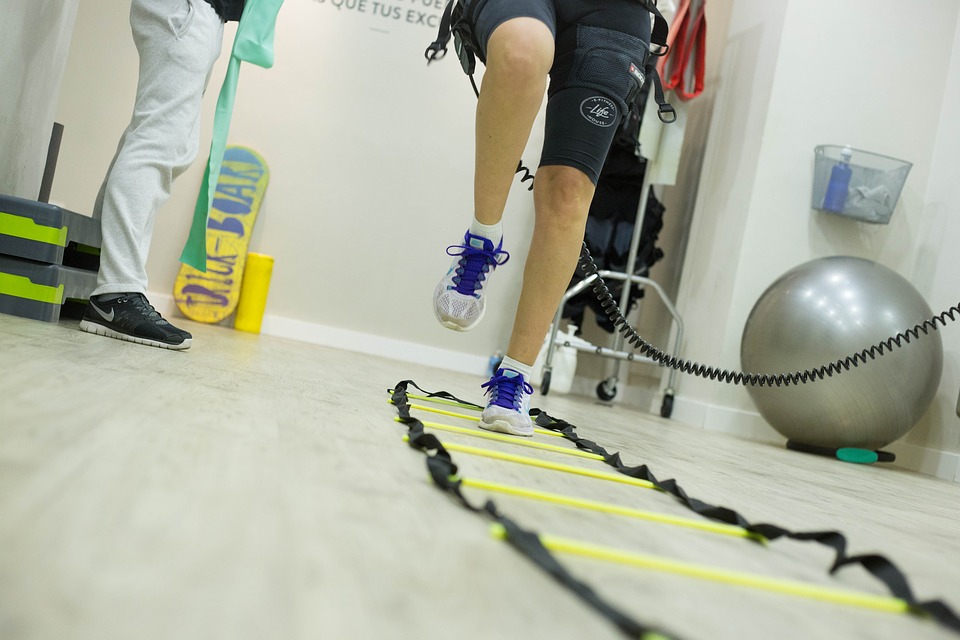If you’re suffering from chronic pain or injury, it’s best to consider undergoing physical therapy. Medical experts say that it can strengthen and improve your mobility so you’ll feel better.
Recovery won’t happen overnight, though. You’ll need to go through several sessions of physiotherapy and exercise at home to see results.
You don’t need to get a doctor’s recommendation, but it’s best to refer to your physician before starting any new activity concerning your health.
Licensed physical therapists have a private practice or work with hospitals, rehabilitation centers, and other healthcare organizations.
These experienced medical professionals specialize in all stages of healing, from diagnosis through to recovery. Your specialist will treat your pain and its source to help you restore your physical function and mobility and get you back to optimal health, say those at Activa Clinics,
What’s Involved in Physiotherapy?
You may have to do a mix of the following activities:
- Low-impact aerobic training will raise your heart rate yet go easy on your joints.
- Strengthening exercises may involve using machines, equipment, or body weight. You may do them at home too.
- Pain-relief exercises will target areas where your ailment is to strengthen you and make you more flexible.
- Stretching is key to any exercise regime. Be sure to warm up and not overstretch.
Physical Therapy Benefits
Here’s how physiotherapy will benefit you:
- Pain reduction. The workouts and therapies can bring relief to aches and restore muscle and joint function. In some cases, there’s complete recovery.
- Help avoid surgery. If the therapy works, you may be able to avoid surgical procedures. If you do have to go under the surgeon’s knife, you’ll be in better shape and recover quicker.
- Improving mobility. Doing stretching and strengthening exercises can help with your ability to move if you have difficulty standing or moving.
- Stroke recovery. If you’ve lost some ability to function after a stroke, physiotherapy can strengthen the weakened parts of your body and help you move better. You’ll be able to do things independently.
- Sports injury recovery. Physical therapists can design specific programs to help athletes recover safely and minimize the risk of future injuries.
- Improving your balance and prevent falls. If you have a stability problem and are a fall risk, your therapist will work with you to safely improve your coordination in real-life situations.
- Diabetes Management. Besides helping people with diabetes manage their blood sugar through exercise, physios also advise proper foot care methods. Caring for your feet can prevent problems associated with diabetes in the long term.
- Rehab for heart and lung patients. Cardiac and pulmonary patients may undergo rehabilitation to regain their ability to function normally again after a medical procedure.
Summary
Physical therapy is safe and shouldn’t hurt. However, the treatments may be hard on the affected parts of your body. You can expect to feel sore after an exercise or massage session.
Trust your physio when they are tough on you because they know what they’re doing. To get stronger, you’ll need to push your body, and your therapist will guide you, so you don’t overdo it.
Remember that everyone’s different. Your recovery plan is unique, and if you stick to it, you’ll soon see results.

